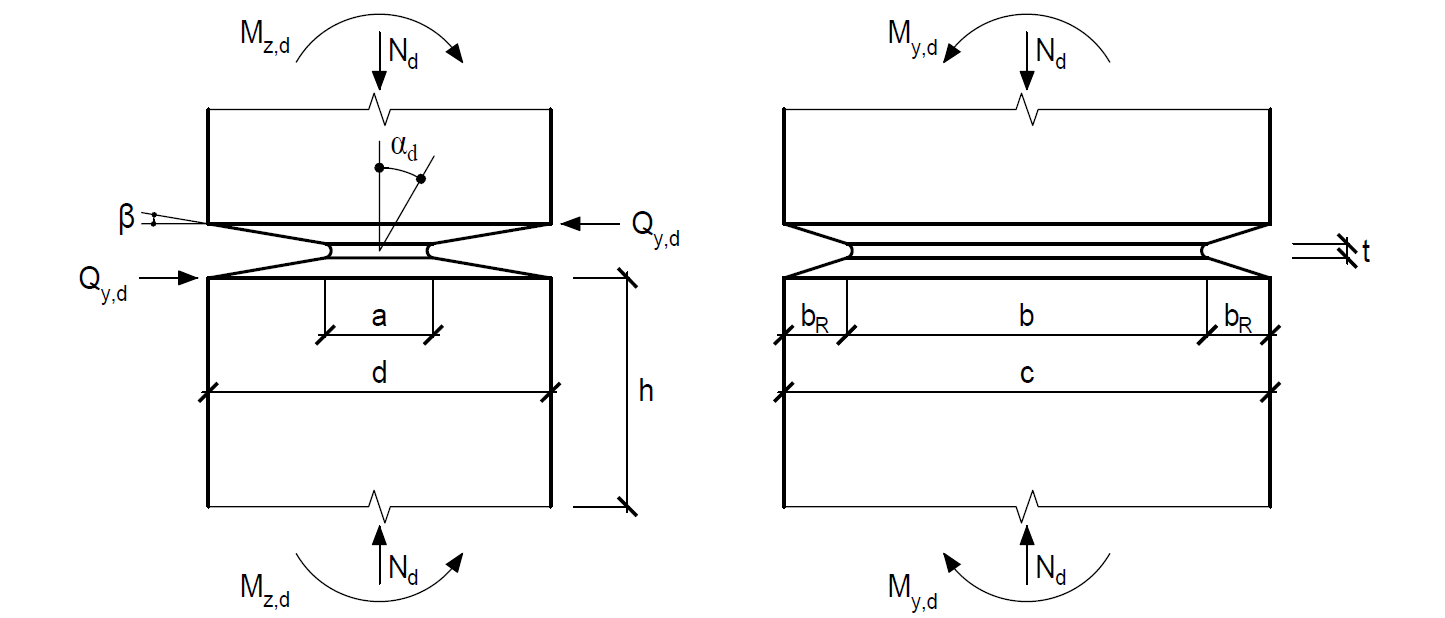Recent and potential applications of concrete hinges in bridges
Author: Yanik Pfister
Language: German
Abstract
Concrete hinges are monolithic yet articulated connections in concrete. By constricting the cross-section, the compressive stresses are centred in a very small zone, allowing large rota-tional movement with low moment resistance. Concrete hinges have been successfully used for over a century in building and bridge constructions to reduce undesirable stresses, espe-cially those caused by constrained deformations. Compared to mechanical bearings, which are used for the same scope, concrete hinges have numerous advantages, especially with regard to economy, durability, robustness and sustainability.
Despite the many advantages, it has become apparent in recent years that the lack of me-chanically justified design rules still represents an obstacle to the efficient use of concrete hinges, as this leads to significant uncertainties in the design.
This thesis aimed to assess the state of the art regarding concrete hinges based on a thorough survey on experience from practice. This way, the main aim was to understand in which types of bridges concrete hinges are mainly used nowadays and where the major uncertain-ties arise in the design of concrete hinges.
In order to assess the state of the art regarding concrete hinges in bridges, more than 90 bridges with concrete hinges from the past 100 years were investigated, whereby seven con-crete hinges were analysed in detail. In addition, as an alternative to the current empirical de-sign rules, the maximum allowable axial stress in the hinge throat was determined with the stress field of Markić et. al and compared to the current design rule.
The statistical evaluation of various bridges with concrete hinges showed that nowadays most of the concrete hinges are executed in girder bridges at the pier head as well as in arch bridg-es in the hangers. The detailed investigation of the seven concrete hinges confirmed that concrete hinges are robust and durable solutions. Furthermore, it was shown that the cross-sectional area of the hinge throat tends to be larger than necessary. One reason for this could be that the designer is reluctant to exploit the empirically determined maximum allowable axi-al stress in the hinge throat. This obstacle could be counteracted by the stress field of Markić et. al, which is based on a consistent mechanical model, that is the lower bound theorem of the theory of plasticity. Compared to the design rule, the stress field allows even higher axial stresses in the hinge throat. In this manner, the uncertainties in the design can be reduced and a broader application of concrete hinges can be encouraged.

